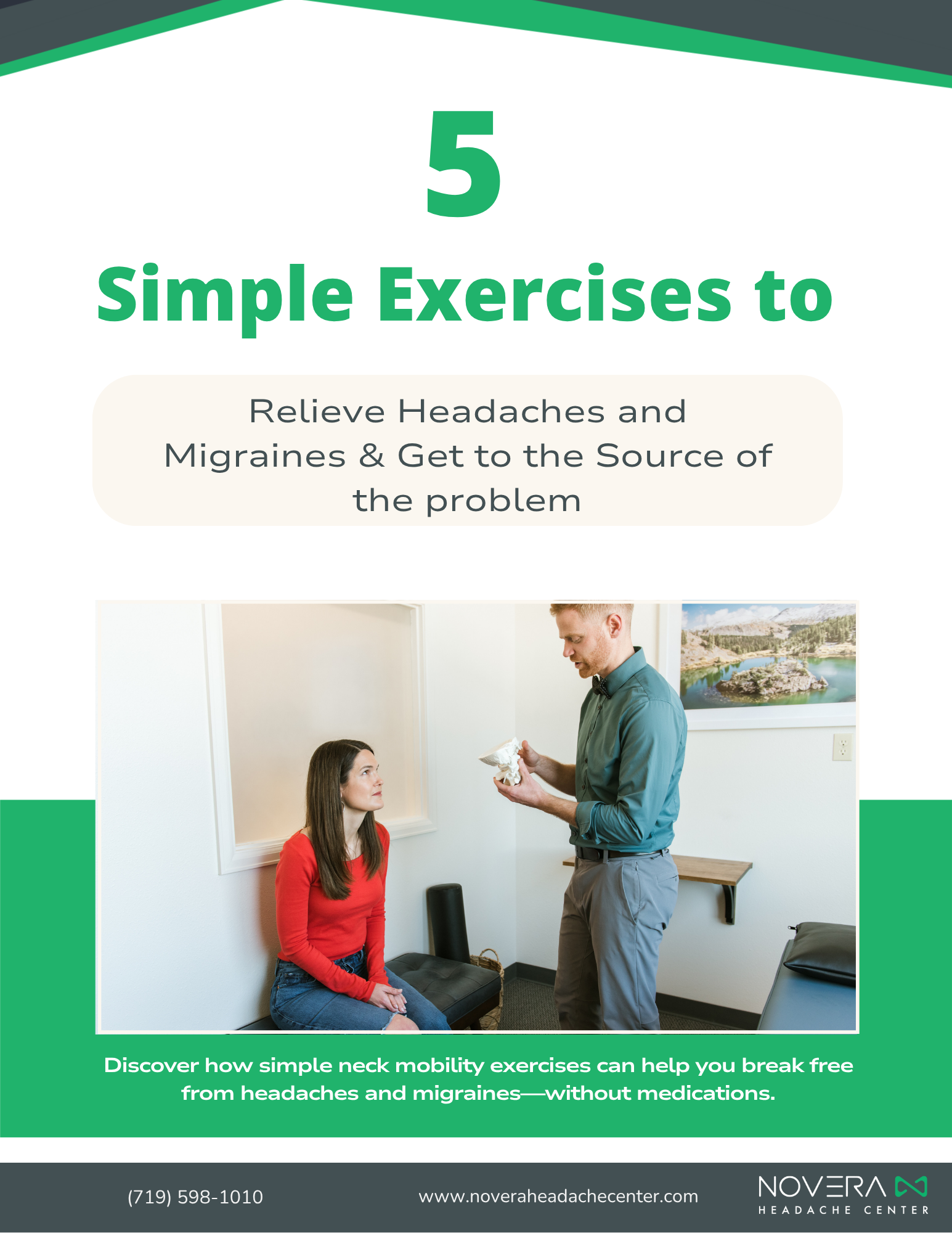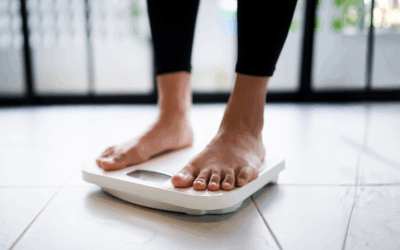
A major trigger for migraines comes from sensory overload. The surrounding environment is full of sounds, sights, and smells that overstimulate the senses and cause headaches. Cities are often full of overwhelming sensory elements, such as large crowds of people, bright lights, peculiar smells, and traffic sounds. Working in a professional environment can overwhelm the brain. The fluorescent lights, enclosed spaces, and indoor circulated air are all factors that can contribute to headaches.
Even being at home, your senses can be overwhelmed. Weather changes can affect your body, such as a sudden increase or decrease in temperature, humidity, or pollen. If you have children, then you may feel overstimulated by their habits, whether it be crying, yelling, or running chaotically around the house.
Students can also experience sensory overstimulation. In school, they are constantly surrounded by other people and are indoors for long periods of time. The absence of fresh air and time alone is aptly felt by many students. Even when students are not in school, they are overstimulated by their studies. Many students spend hours in front of a computer screen or phone screen. The blue light is a headache trigger, and also the poor posture students use while using their devices can also trigger headaches. Extended periods of studying can overwhelm the brain, resulting in exhaustion and lack of sleep. A vicious cycle ensues, of sleep deprivation and headaches.
How do you overcome all these factors? How can you go on working professionally, or studying, or being a stay at home parent?
The first step towards improvement is building an awareness of your environment. What are the sights, sounds, and smells surrounding you in a given moment? Recognize when you begin to feel stressed or overwhelmed. Then, begin to connect certain senses with headache or stress triggers.
Once you have identified the factors that attribute to your overstimulation, you can begin to manipulate those factors or change your habits to remedy the situation. For example, if you work in an office space full of people and bright lights, carve out time for yourself to step away from your desk and the people a few times during the day. Give your brain and body a break. Go outside and walk around the office building during your lunch break. Exercise before or after work to relieve stress. Explore the option of putting non-fluorescent lightbulbs over your workspace.
If you are a student, be smart about your study habits. Know how much time you are spending in front of screens and try to limit that as much as possible. Ensure you have good posture when you are using a mobile device, not unnecessarily craning your neck or bending your back. Take breaks during extended periods of study to rest your brain and re-charge your mind. Do not sacrifice your sleep schedule.
If you are a stay-at-home parent, be mindful of the habits you form as well. Do you give your brain and body moments to re-charge throughout the day, away from people and overwhelming stimuli? Are you staying hydrated, exercising, and maintaining a consistent sleep schedule? Are there loud noises or peculiar smells around your house that you could possibly eliminate?
Sensory stimulation is a frustrating and difficult challenge to overcome. It may take many trial and error sessions to understand what senses may be triggering your headaches. Here at Novera we are dedicated to helping you find a solution, so come in to our office today or schedule your free virtual discovery visit. We will find a treatment together.




